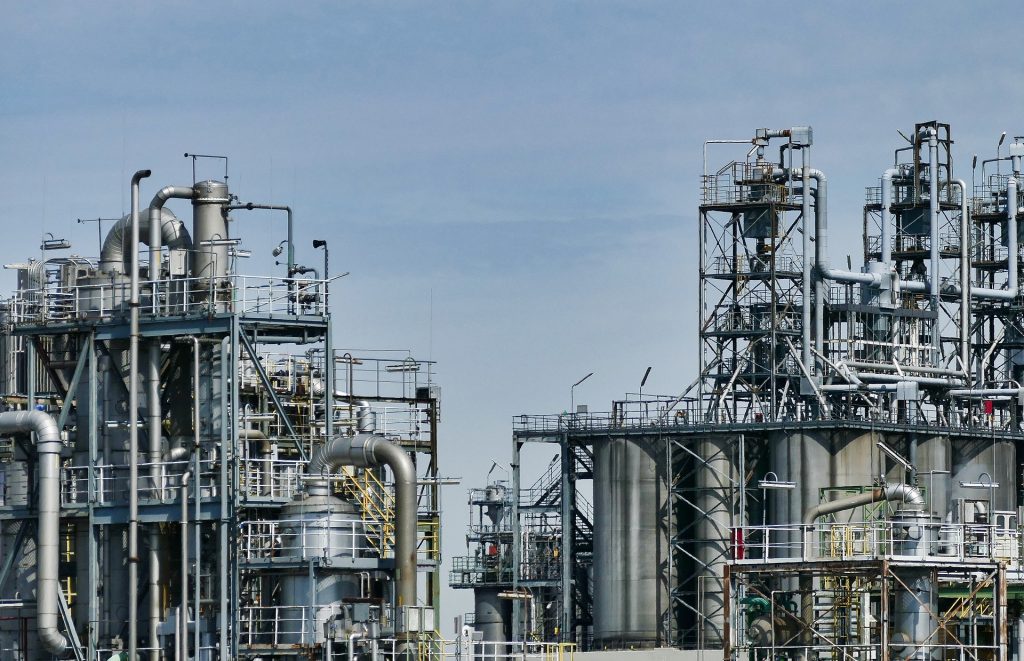
HOIS Highlights 2023-2024
Inspection of uninsulated external corrosion scabs
Background
External corrosion of uninsulated pipework is a significant issue for energy asset owners – as external degradation occurs, corrosion product (scale) builds up on the affected components to form blisters or scabs. Removal of corrosion product by blasting pressurised live process components has an associated safety hazard and potential for loss of containment.
The inspection requirement is to determine the remaining ligament under the corrosion scab. It is generally not possible to propagate ultrasound through corrosion product; the presence of the scab renders the area of corrosion inaccessible and standard 0° pulse-echo methods are not applicable.
Given the challenging nature of this ongoing problem, a new HOIS trial programme on the inspection of external corrosion scabs commenced in April 2022. Two approaches were taken:
Assessment of NDT methods for sizing wall loss/remining ligament under scabs
- The main aim of the first approach was to evaluate the performance of new techniques/equipment, or previously trialled techniques/equipment that may now offer improved performance following a modification or development, in measuring the remaining ligament under external corrosion scabs.
Double wall radiography assessment of external corrosion scabs
- This study builds on previous work that investigated the feasibility of using DW radiography (with pulsed X-ray) as a screening tool for determining the presence or absence of isolated fine pitting in the pipe wall under external corrosion scabs. This project will evaluate the performance of isotope radiation sources (Ir192 and Se75) for this application and will also look at the effects of liquid level on radiograph quality.

Progress Update
Assessment of NDT methods for sizing wall loss/remining ligament under scabs
Five trialists participated in this part of the project, Bilfinger/HollowayNDT (PA-CAT), Oceaneering (PEC array), GUL (Axial QSR), Rosen (EMAT) and ESR Technology (M-Skip). Unlike PECA-HR and M-Skip, the remaining technologies, i.e. PA-CAT, axial QSR, and EMAT, had not been previously trialled. Results from these trials were subsequently compared with previous trial results from other techniques.
The trial report is complete and has been issued to HOIS members. The final stage of this project is update and completion of the guidance document.
Double wall radiography assessment of external corrosion scabs
Trials with Ir192 and Se75 have been conducted. Analysis of the results is ongoing.